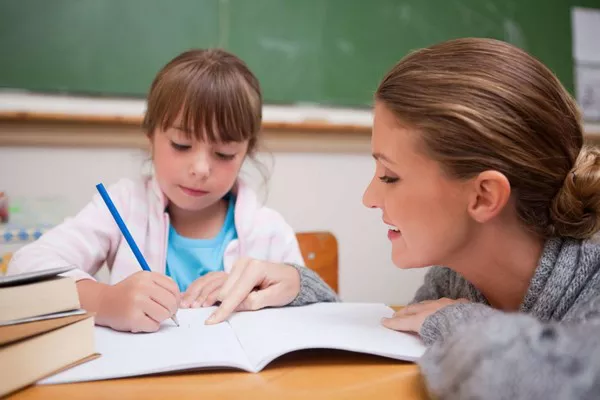The transition from friendship to romance is a journey fraught with excitement, uncertainty, and possibility. While many romantic relationships begin with initial attraction and courtship, others evolve from deep and meaningful friendships. The transition from friends to lovers is a complex and multifaceted process influenced by a variety of factors, including mutual attraction, emotional intimacy, and shared experiences. In this article, we delve into the dynamics of how friends become lovers, exploring the pathways that lead to the transformation of platonic bonds into romantic connections.
Shared Interests and Commonalities
One of the key factors that can pave the way for friends to become lovers is shared interests and commonalities. Friends who share similar passions, hobbies, and values often find themselves drawn to each other on a deeper level, bonding over shared experiences and mutual understanding. Whether it’s a love for the outdoors, a passion for art, or shared cultural background, shared interests provide a foundation for emotional connection and compatibility, laying the groundwork for romantic attraction to blossom.
Emotional Intimacy and Vulnerability
Emotional intimacy is another critical component that can catalyze the transition from friendship to romance. Friends who share a deep emotional bond and feel comfortable expressing their vulnerabilities, fears, and desires with each other may find themselves developing romantic feelings over time. As emotional intimacy deepens, friends may begin to view each other in a new light, recognizing the depth of their connection and the potential for romantic partnership. Sharing intimate thoughts, feelings, and experiences can create a sense of closeness and intimacy that transcends the boundaries of friendship and ignites the spark of romantic attraction.
Physical Attraction and Chemistry
Physical attraction and chemistry are powerful catalysts that can fuel the transition from friendship to romance. Friends who are initially drawn to each other based on physical appearance or chemistry may find themselves developing deeper feelings of attraction and desire over time. Whether it’s a shared glance, a lingering touch, or a spontaneous kiss, moments of physical intimacy can awaken dormant feelings of romantic attraction and passion between friends. Physical attraction, when combined with emotional intimacy and compatibility, can create a potent cocktail of desire and longing that propels friends towards a romantic relationship.
Mutual Support and Companionship
Friends who provide each other with unwavering support, encouragement, and companionship may find themselves naturally gravitating towards a romantic relationship. The bond of friendship provides a strong foundation of trust, respect, and understanding, which can serve as a solid framework for romantic partnership. Whether it’s offering a shoulder to lean on during difficult times, celebrating each other’s successes, or simply being there for one another through life’s ups and downs, mutual support and companionship create a sense of security and stability that fosters romantic attraction and attachment.
Timing and Circumstances
Timing and circumstances also play a significant role in the transition from friendship to romance. Friends who find themselves single and available at the same time may be more open to exploring the possibility of a romantic relationship with each other. Life changes, such as moving to a new city, starting a new job, or experiencing a personal crisis, can create opportunities for friends to reassess their feelings and priorities, leading to the emergence of romantic interest. Additionally, external factors such as social influences, peer pressure, or encouragement from mutual friends may also influence the timing and trajectory of the transition from friends to lovers.
Communication and Clarity
Effective communication is essential for navigating the transition from friendship to romance with honesty, integrity, and respect. Friends who are considering exploring a romantic relationship with each other should engage in open and honest conversations about their feelings, desires, and expectations. Clarifying intentions, discussing boundaries, and addressing potential concerns or reservations can help ensure that both parties are on the same page and feel comfortable moving forward. Clear communication fosters trust, transparency, and mutual understanding, laying the groundwork for a healthy and fulfilling romantic relationship.
Navigating the Risks and Challenges
While the transition from friendship to romance can be exhilarating and rewarding, it is not without its risks and challenges. Friends who decide to pursue a romantic relationship with each other must be prepared to navigate potential pitfalls such as jealousy, insecurity, and the risk of damaging the friendship if the relationship doesn’t work out. Additionally, friends may face external judgment or scrutiny from others who question the validity or appropriateness of their relationship. It’s important for friends to approach the transition with caution, sensitivity, and a willingness to address challenges as they arise.
Conclusion
In conclusion, the transition from friendship to romance is a complex and multifaceted process influenced by a variety of factors, including shared interests, emotional intimacy, physical attraction, timing, circumstances, communication, and navigating risks and challenges. Friends who find themselves drawn to each other on a deeper level may discover the potential for romantic partnership as they explore their feelings, desires, and compatibility. By fostering open communication, mutual respect, and a willingness to navigate challenges together, friends can successfully transition from platonic bonds to romantic connections, embarking on a journey of love, intimacy, and partnership.\
Related topics:




























